Definition of Water Pollution
Water pollution also known as aquatic pollution is defined as the contamination of water bodies, due to different human activities, in a manner that harms its daily use.
- Pollution is reported to be reducing the ability of the water body to be as helpful to the ecosystem as it would be otherwise.
- Some examples of bodies of water are lakes, rivers, oceans, aquifers, reservoirs, and groundwater.
- When harmful contaminants are introduced into water bodies, it is said to cause water pollution.
- Alongside the damage to many water animals, it can lead to many water-borne diseases.
- Water pollution is subjected to four primary sources: industries, agricultural fields, sewage systems, and urban runoff consisting of stormwater.
Water pollution is the release of pollutants into underground groundwater or lakes, streams, rivers, estuaries, and seas to the point when the substances obstruct beneficial water usage or ecosystem function.
Besides the contamination of water by pollutants like chemicals or microorganisms, water pollution may also be caused due to the release of energy into water bodies, in the form of radioactivity or heat.
Causes of Water Pollution
Water pollution is caused by both natural and human-made activities.
- Natural disasters like volcanic eruptions, earthquakes, tsunamis, etc., can alter water and pollute it, affecting the existing ecosystem underwater.
- Industries produce many waste products, which contain toxic chemicals and pollutants. As a result, these products cause air pollution and damage the environment and humans.
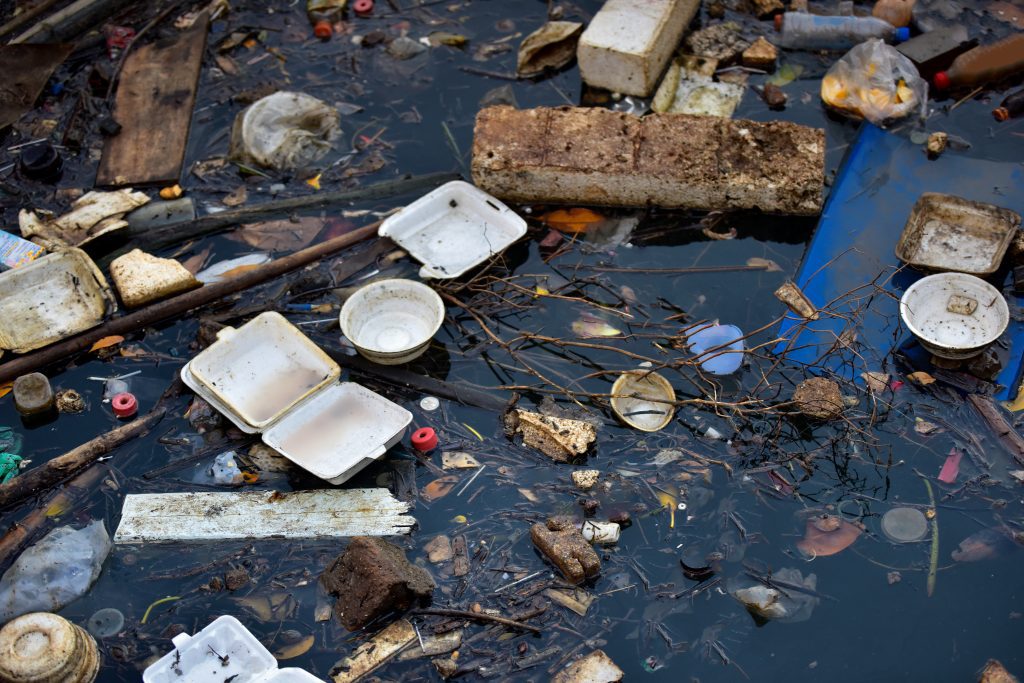
- Lead, mercury, sulfur, nitrates, asbestos, and many others are harmful chemicals that they contain.
- Many industries drain waste into freshwater without a proper waste management system, which then goes into water bodies like canals, rivers, and even the sea.
- Changing watercolor, increasing the number of minerals, called eutrophication, adjusting the water temperature, and posing a severe hazard to water organisms are some factors imposed by toxic chemicals.
- The sewage and wastewater produced daily are treated with different chemicals and released into the sea and freshwater.
- Sewage water contains many pathogens, some pollutants, harmful bacteria, and chemicals that can cause serious health issues and later diseases.
- Microorganisms in water cause some of the most deadly diseases, later becoming the breeding ground for creatures that act as carriers.
- The carriers later transfer these diseases to an individual through contact. Malaria is a typical example.
- Mining is crushing rocks and extracting coal and other minerals underground.
- If the extracted minerals are in their raw form, they contain harmful chemicals, which can be a reason for the increase in the number of toxic elements when mixed up with water, which may result in health problems.
- They also emit a tremendous amount of metal waste and sulfides from the rocks, which is harmful to the water.
- In some nations, domestic rubbish such as paper, plastic, food, aluminum, rubber, and glass is collected and dumped into the sea. Decomposition takes anywhere from 2 weeks to 200 years for these goods.
- When a substantial volume of oil spills into the sea and does not dissolve in water, it seriously threatens marine life. It harms local marine fauna like fish, birds, and sea otters.
- Coal and oil are fossil fuels that, when burnt, produce a very distinct concentration of ash in the surrounding atmosphere.
- Acid rain is caused when the particles which contain toxic chemicals are mixed with water vapor.
- Burning fossil fuels also releases carbon dioxide, resulting in global warming.
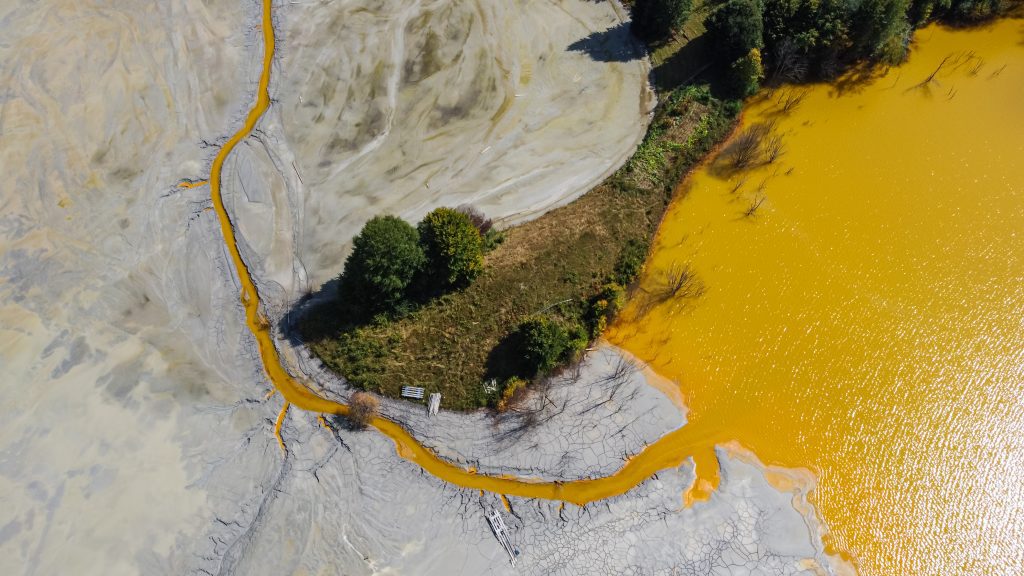
- Mining grounds release toxins into the atmosphere and groundwater, which, over time, leads to contamination of water sources.
- Chemical fertilizers and pesticides are used by farmers to protect crops, which prevents insects and bacteria.
- They are also useful for plant growth. However, mixing these chemicals with water produces harmful pollutants for plants and animals.
- Small leakages from the sewages or sewers can contaminate the underground water, making it unfit for drinking purposes.
- If not repaired on time, the sewer water enters the surface, making it a breeding ground for insects and mosquitoes.
- A rise in the earth’s temperature results in global warming, which is caused by the trapping of gases due to the greenhouse effect.
- As a result, the water temperature increases and that results in the death of many aquatic marine species, which is another cause of water pollution.
- Nuclear energy which is produced using nuclear fission or fusion by an element called Uranium is a highly toxic chemical.
Effects of Water Pollution:
A negative impact on the environment, human health, and the global economy are formed due to the deterioration of water quality. The World Bank’s president, David Malpass, warns of the economic consequences: “In many countries, deteriorating water quality is impeding economic progress and aggravating poverty.“
The reason for this is that when biological oxygen demand — an indicator of organic pollution in water — crosses a specific level, the growth of the Gross Domestic Product (GDP) of the regions within the related water basins is cut in half. Some of the other consequences of water pollution are:-
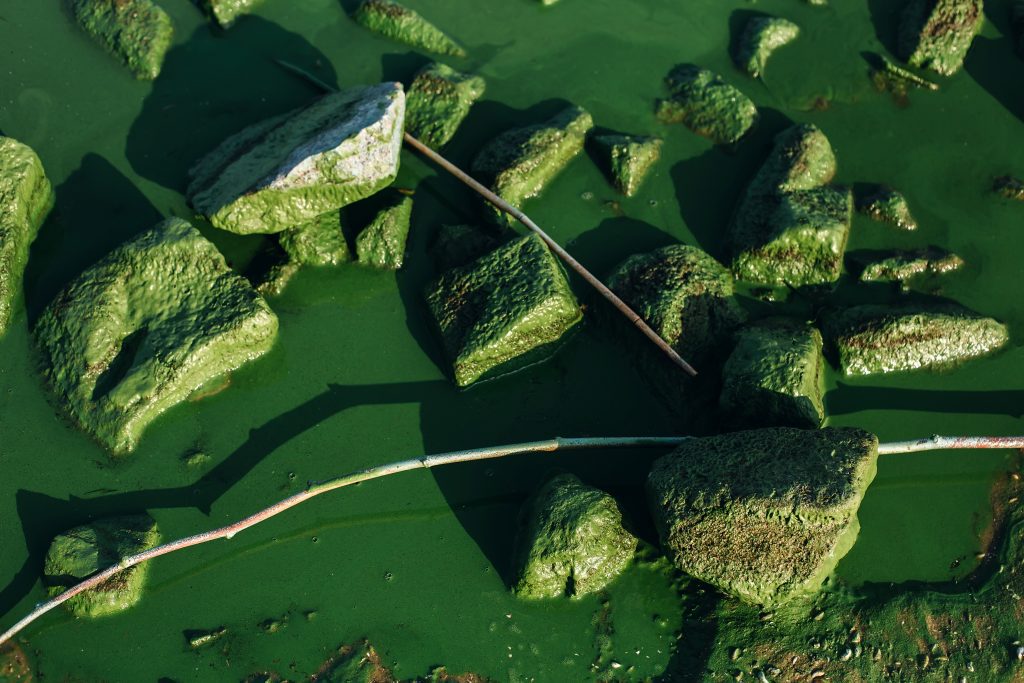
▶ Destruction of biodiversity. Water pollution is a reason for the depletion of aquatic ecosystems and it also surges the proliferation of phytoplankton in lakes which are known as eutrophication.
- Contamination of the food chain. Wastewater used in fishing, livestock farming, and agriculture can add to the toxins in the food, harming our health when eaten.
- Lack of potable water. Especially in rural areas, billions of people do not have access to clean water to drink or for sanitation purposes, as claimed by the UN.
- Disease. The WHO reports around 2 billion people have no access to clean and safe water, subjecting them to diseases such as cholera, hepatitis A, and dysentery.
- Infant mortality. Diarrhoeal diseases connected with lack of hygiene caused the death of around 1,000 children a day worldwide.
Types of Water Pollution:
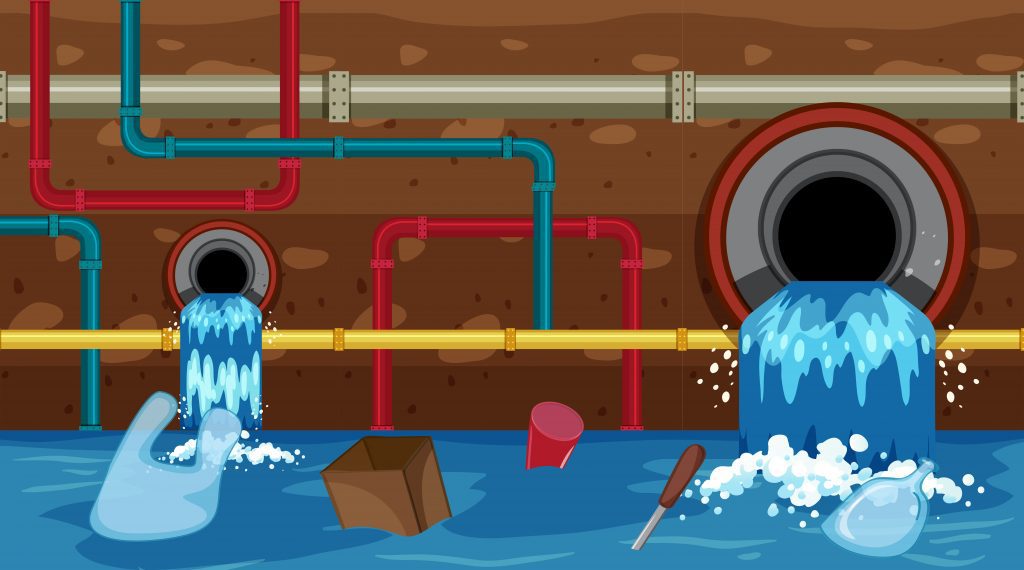
▶ Chemical pollution:
The most frequent sort of contamination of water is chemical pollution, as it can reach both subsurface and surface water sources. Pesticides and fungicides used in farming are expected to be a major source of chemical contamination, but metals and solvents from industrial sites are also major contributors.
▶ Groundwater pollution:
As previously stated, agriculture is a major source of water contamination, particularly groundwater. Fertilizers and pesticides used on crops can leak into the earth and contaminate underground rivers and waterbeds, jeopardizing the quality of groundwater recovered for human use from wells, boreholes, and other locations.
▶ Microbiological pollution:
Unlike most of the others on this list, Microbiological pollution is a naturally occurring form of water contamination. Bacteria, protozoa, and viruses can enter water supplies, resulting in diseases such as bilharzia and cholera. Humans are reportedly vulnerable to this type of contamination, especially in regions lacking proper water treatment facilities.
▶ Nutrient pollution:
While nutrients are necessary for undersea plants and animals to thrive, too much can disrupt the delicate balance of water-based ecosystems. Fertilizers consist of a high amount of nutrients, which can be the reason for generating algal blooms in water bodies like rivers, lakes, and coastal areas, which blocks out sunlight and inhibits the growth of other creatures.
▶ Oxygen-depletion pollution:
Another effect of algal blooms is that they deplete oxygen supplies. This means species that rely on oxygen to survive will perish, while anaerobic species will thrive. Some anaerobic microbes can produce hazardous poisons such as ammonia, sulfides, and other toxins, making the water even more dangerous to animals (and humans, too).

▶ Surface water pollution:
Surface water pollution can occur naturally, unintentionally, or intentionally, and refers to all water sources above the earth, such as rivers, lakes, seas, and oceans. For example, monitoring is critical in natural flood management, which can result in poor water quality, as well as accidental oil spills and careless enterprises that dump trash into bodies of water.
How can Water Pollution be prevented?
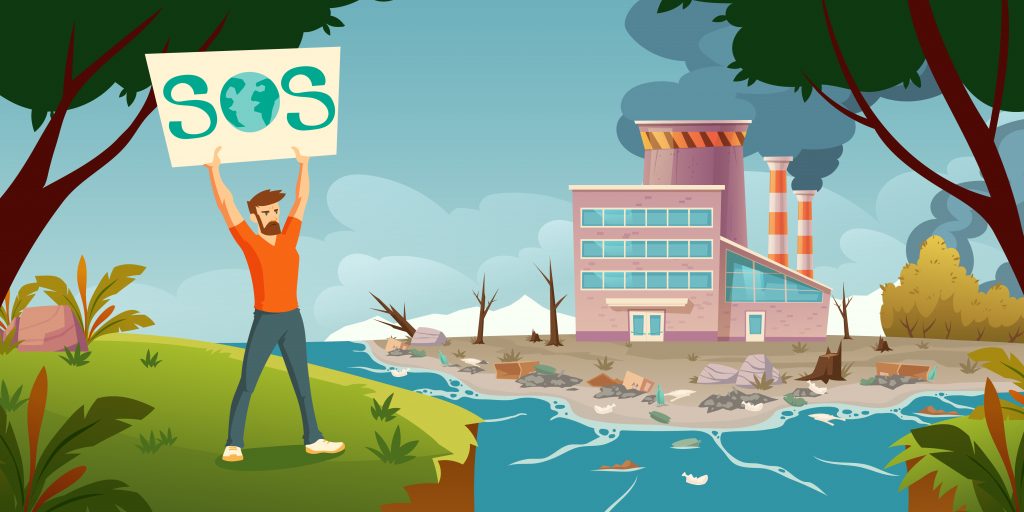
▶ Conservation of water by turning off the tap when not in use.
▶ Sewage water treatment before releasing it in the water bodies.
▶ Preventive measures should be taken against the release of chemicals in the water from domestic sources.
▶ Use green energy in industries and in households.
▶ Compost leaves and yard waste.
▶ Install toilet with less use of water.
▶ Avoid washing cars with a hose pipe to reduce wastage of water.
▶ Practicing limited use of detergent, soap, water-soluble chemicals.
▶ It would be a great measure to reduce the usage of gardening tools which cause waste of water.
▶ Reduce the use of chemical fertilizers, pesticides, insecticides, etc.
▶ Application of green manure, biological paste control in agriculture.





